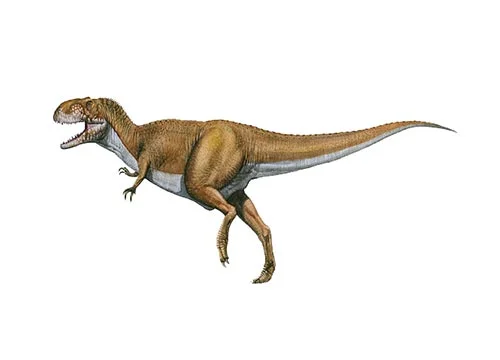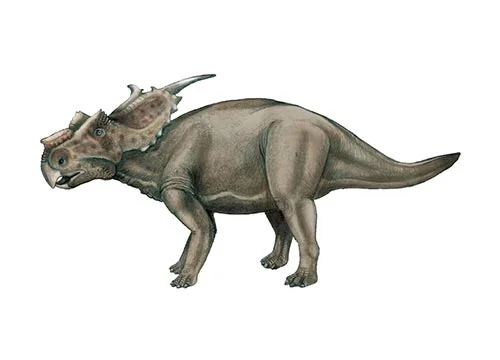Juravenator (Jura hunter)

Jooh-ah-ven-ah-tor
Göhlich & Chiappe - 2006
Carnivore/Insectivore
Estimated 0.7 – 0.8 cm long
Small Theropod
J. starki (type)
Germany, Jura Mountains
Late Jurassic, 150 million years ago
Juravenator Facts
Juravenator is a small theropod dinosaur that lived during the Late Jurassic period, around 150 million years ago. It was named after the Jura Mountains in France and Switzerland, where its fossils were discovered, and its predatory lifestyle. The name Juravenator means “Jura hunter.”
Juravenator was a small dinosaur, measuring only about 70 centimeters (28 inches) in length and weighing around 700 grams (1.5 pounds). It was a member of the family Compsognathidae, which includes other small theropods like Compsognathus and Sinosauropteryx.
The fossils of Juravenator were discovered in the Solnhofen Limestone Formation in southern Germany. This rock formation is known for its exceptional preservation of fossils, and has yielded many important discoveries, including the famous Archaeopteryx.
The fossils of Juravenator include a nearly complete skeleton, with well-preserved bones and even some traces of soft tissue, such as feathers. This has allowed paleontologists to study its anatomy and biology in great detail.
Based on its anatomy, Juravenator was likely a fast and agile predator, preying on small animals like lizards, insects, and possibly small mammals. It had long, slender legs and sharp, curved claws on its feet, which would have helped it to capture and hold onto its prey.
Juravenator also had a long, slender snout filled with sharp teeth, which would have been used to grasp and kill its prey. Its eyes were large and positioned towards the front of its skull, which would have given it binocular vision and helped it to accurately judge distances when hunting.
Overall, Juravenator provides an important glimpse into the world of small theropod dinosaurs during the Late Jurassic period. Its fossils are helping paleontologists to better understand the diversity and evolution of these fascinating creatures.



